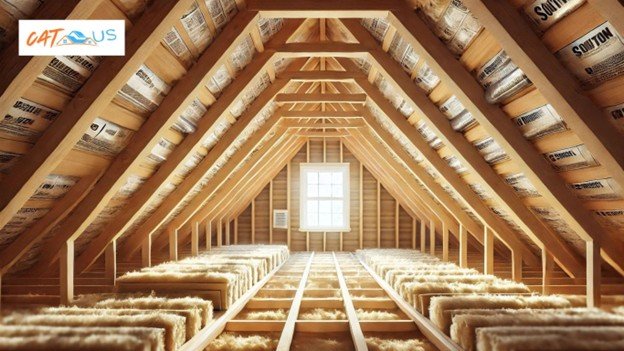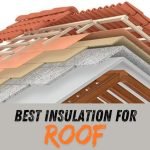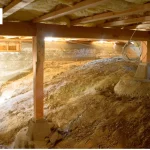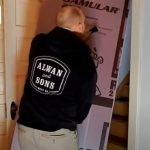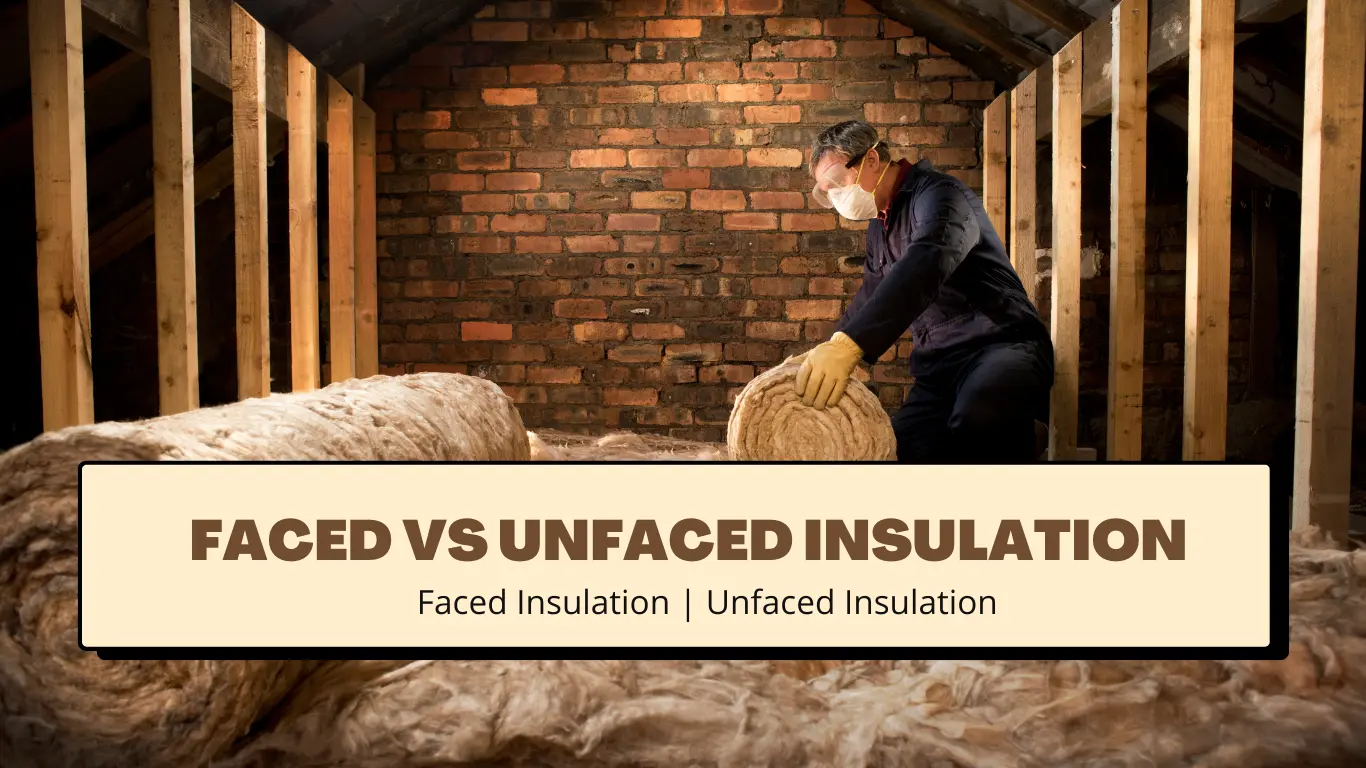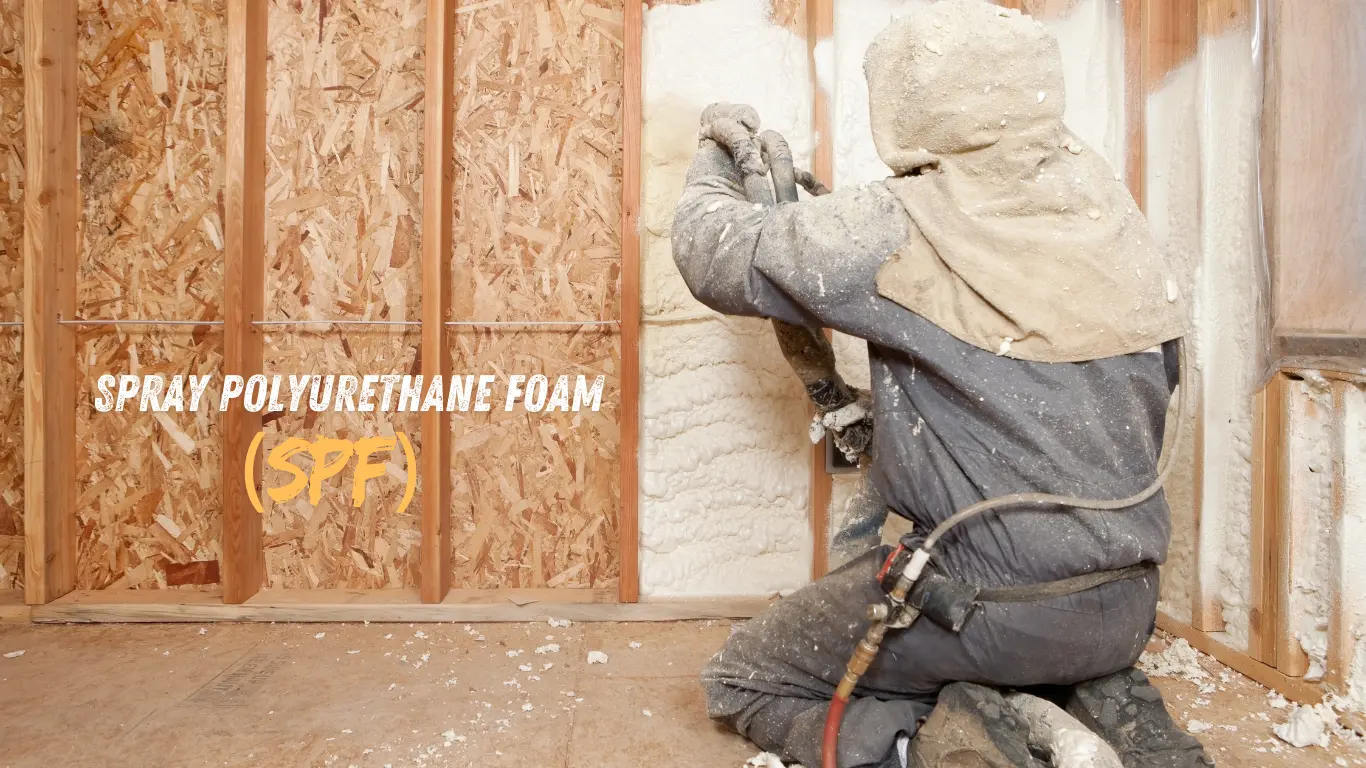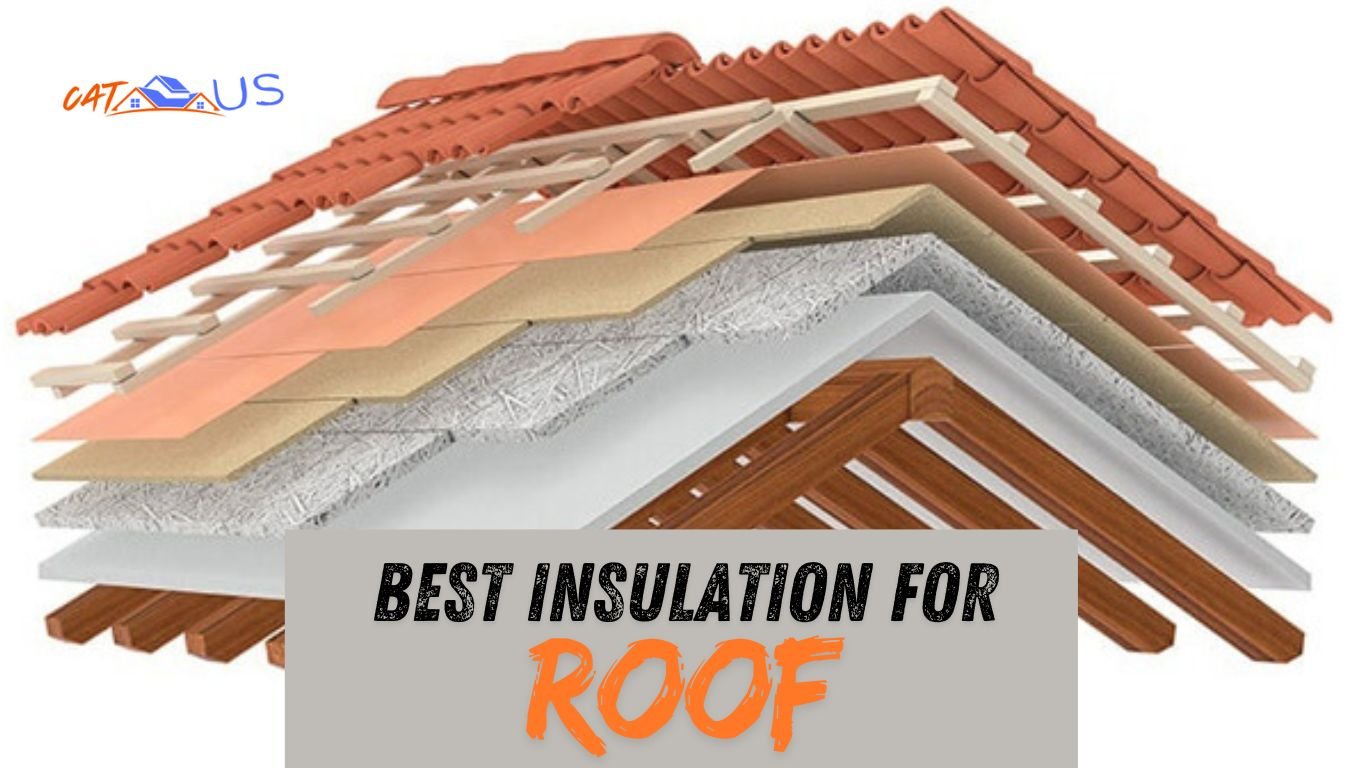When insulating roof rafters, I always recommend starting with high-quality materials like Blanket, foam board, spray foam, or cellulose, and R30 unfaced batt insulation, which is highly suitable for maintaining warmth in the winter and keeping heat out during the summer.
But insulation alone isn’t enough—adding vents and baffles between the soffits and ridge is essential for proper ventilation purposes. This approach not only prevents moisture buildup but also ensures smooth air circulation, protecting your home from mold and damage.
With expert insights and precise installation techniques, homeowners can achieve noticeable improvements in their home’s energy efficiency and comfort, creating a space that is truly built to perform.
Whether you’re tackling this as a DIY project or seeking professional guidance, investing in proper attic roof rafter insulation will undoubtedly make a big difference.
Let my experience serve as a guide for transforming your attic into a functional and efficient part of your home.
Quick Steps:
From selecting the appropriate insulation to ensuring proper installation, each step plays a vital role in achieving the results you need.
Let’s make your attic work smarter, not harder!
1. Preparation
To start, it’s important to inspect your attic thoroughly for signs of moisture, mold, or mildew. These issues can lead to significant future problems if not addressed immediately.
Check for structural damage in the roof rafters and make any necessary repairs, such as fixing leaks or reinforcing weak areas.

Proper ventilation is also crucial—ensure all soffit vents are clear to allow smooth airflow. Installing foam vent chutes between every pair of rafters is a great way to maintain airflow and prevent insulation from blocking the vents.
While inspecting the area, focus on making repairs that prepare the space for insulation. This includes checking every vent, ensuring the attic is dry, and taking steps to reinforce the structural integrity of your roof.
By addressing these tasks, you can create a well-prepared, energy-efficient attic that protects your home from potential long-term issues.
2. Choosing the Right Insulation Material
Selecting the appropriate insulation is crucial to ensuring your attic stays energy-efficient. Start by considering the R-value, which measures the material’s resistance to heat flow.
A higher R-value is better for colder climates, so evaluate your local climate before making a decision. If you’re on a budget, “fiberglass batts are cost-effective and easy to install, while spray foam offers superior performance but comes at a higher cost”.
There are different types of insulation to choose from, such as blanket insulation, foam board, spray foam, loose-fill, and batt insulation. It’s important to consider both the R-value and your attic’s needs to determine the most effective option. Each material serves unique purposes, so balance efficiency and cost to make the best choice for your home.
3. Measuring and Cutting the Insulation
Taking accurate measurements is the first step to ensuring a snug fit for your insulation. Carefully measure the spaces between the rafters accurately to achieve optimal performance. If you’re also working on insulating your attic door, you might find this guide on Measuring Your Attic Door for Insulation helpful for achieving a precise fit.
Use a utility knife to cut the insulation, and for long cuts, rely on a straight edge like a two-by-four to ensure precision. This method helps you match the length and width of each rafter cavity, creating pieces that fit perfectly.
Once the insulation is prepared, double-check for gaps or unfilled spaces between the insulation and the rafters. Filling these gaps completely ensures proper thermal efficiency and prevents heat loss. A well-measured and properly cut insulation will lead to better results and a more efficient attic.
4. Installing the Insulation
Start by placing insulation between the rafters carefully to ensure full coverage. For fiberglass batts, make sure the paper side faces down if you mainly heat your home and faces up if you typically cool it.
When pressing the insulation into place, do so firmly, but avoid compressing it, as compressed insulation loses its effectiveness. This step ensures the insulation fits snugly while maintaining its full performance potential.
If using loose-fill insulation like cellulose, a blower is essential to distribute the material evenly and completely fill the cavity. This method ensures there are no gaps left uninsulated. Once you install the insulation, double-check that all areas are covered completely for optimal energy efficiency in your home.
5. Sealing Gaps
To maximize insulation performance, fill gaps and cracks using foam insulation sealant. This helps prevent air leaks and improves efficiency. For smaller cracks or gaps around vents, pipes, or wiring, a caulking gun works best. Carefully seal every space to ensure a snug fit and prevent energy loss.
Seal any remaining spaces between the insulation and rafters with either foam insulation sealant or caulking for a clean and airtight finish. These steps are crucial for creating an efficient and effective insulation system.
6. Safety Precautions
When insulating your attic, safety precautions are essential. “Always wear protective gear, including gloves, eye protection, and a mask, as fiberglass can irritate your skin and lungs during handling”. This simple preparation ensures that you stay protected while working in potentially hazardous conditions.
To avoid falls, use plywood boards to create a stable walking surface in the attic. This helps you navigate the area safely while managing insulation materials. Following these steps not only ensures your safety but also makes the process more efficient and enhances your home’s energy efficiency and comfort.
Types of insulation for Attic roof rafters
Choosing the right insulation for your roof rafters is crucial for maximizing energy efficiency and maintaining comfort in your home. There are many types of insulation available, each designed to meet specific needs.
This breakdown highlights the most common options for attic roof rafter insulation, making it easier to select the one that best suits your space and goals.
1. Blanket insulation:
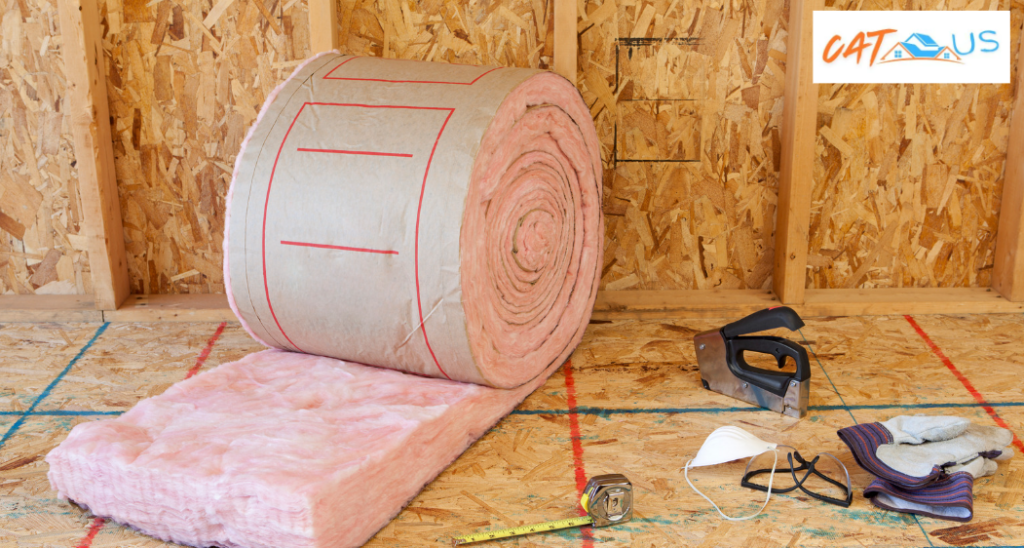
Blanket insulation is one of the most versatile options for insulating your attic roof rafters. It is available as batts or rolls, made from materials like fiberglass, mineral wool, or natural fibers such as cotton, sheep’s wool, and hemp.
This type of insulation is cost-effective, helping to reduce heat loss in colder months while being relatively easy to install.
- Fiberglass, for example, is a common, affordable option with an R-value ranging from R−2.9 to R−4.3 per inch, but it can irritate the skin and lungs during installation, so protective gear is essential.
- Mineral Wool – For areas prone to moisture, mineral wool, made from volcanic rock or steel slag, is both fire-resistant and moisture-resistant, making it ideal for humid areas. Loose-fill insulation is another excellent choice for flexibility, filling uneven spaces effectively.
- Natural Fibers – While natural fibers are eco-friendly, they can be more expensive compared to synthetic options.
Ultimately, selecting the right material depends on your attic’s structure, local climate, and insulation needs.
2. Foam Board Insulation
Foam board insulation is a practical solution for insulating tight spaces in your attic. Made from rigid panels of materials like polystyrene, polyisocyanurate, or polyurethane, it provides high R-values, typically ranging from R-5 to R-10 per inch.
These panels are dense, lightweight, and adaptable, making them ideal for areas with limited room. Their moisture resistance helps in preventing mold and mildew, ensuring long-lasting protection for your attic and home.
This insulation is often installed between rafters and offers excellent thermal resistance. Its thin profile and expanded durability make it efficient in spaces where other materials may not fit. Whether you’re insulating a large attic or a small cavity, foam board insulation delivers both practicality and performance.
3. Spray Foam Insulation

Spray foam insulation is a versatile option for insulating attic spaces and sealing air leaks. When sprayed onto the roof rafters, it expands during application, filling gaps and sealing cracks to create an airtight barrier.
This makes it particularly useful for irregular spaces and hard-to-reach areas. With high R-values, typically around R−6 to R−7 per inch, it offers superior thermal performance while ensuring an effective insulation barrier for the full attic space.
Though spray foam insulation can be expensive and often requires professional installation, its capabilities make it a preferred choice for complex structures. Made of polyurethane, this material delivers a long-lasting solution for maximizing energy efficiency in attics, particularly in challenging layouts or spaces with unique requirements.
4. Cellulose Insulation
Cellulose insulation is an excellent eco-friendly option, made from recycled paper products like newsprint and cardboard, containing up to 85% recycled materials. Treated with fire retardants, it ensures safety while maintaining strong thermal performance.
As a loose-fill insulation, it is blown into large or irregularly shaped spaces using a blower, making it perfect for filling cavities between the roof rafters. Its ability to conform to the shape of the space provides seamless coverage, with an R-value of 3.1 to 3.8 per inch, which helps to improve energy efficiency.
Although cost-effective, cellulose insulation may absorb moisture, requiring a vapor barrier to prevent damage over time. Additionally, its properties make it an excellent choice for sound absorption, adding to its benefits for both residential and commercial applications.
If you’re seeking an affordable, sustainable, and practical insulation solution, cellulose insulation is worth considering for your attic project.
5. Structural Insulation Panels (SIPs)
Structural Insulation Panels (SIPs) are a unique insulation solution that combine both structural support and insulation in one product. They are made from rigid foam insulation sandwiched between two layers of structural board, providing excellent energy efficiency and support for roofs and walls.
Although SIPs can be expensive, they are often considered cost-effective in the long term due to their durability and performance. This design is ideal for new constructions or major renovations where efficiency and stability are priorities.
Choosing SIPs for your attic roof rafters allows for a seamless installation process that improves insulation and structural stability. By understanding this step-by-step process, you can make an informed decision that fits your needs. While SIPs may require a higher initial investment, their ability to improve energy efficiency makes them a standout choice for modern insulation needs.
6. Sheep Wool Insulation
Sheep wool insulation is a natural fiber option offering both thermal and acoustic benefits. With an R-value ranging from R−3.5 to R−3.8 per inch, it provides effective insulation while remaining eco-friendly.
A unique feature is its ability to absorb moisture without losing insulation properties, making it a reliable choice for damp environments. However, it tends to be more expensive compared to synthetic options, which may impact its accessibility for budget-conscious homeowners.
Pros and Cons of Spray Foam Insulation for Roof Rafters
👉 PROS
1. Superior Air Sealing: Expands to fill gaps, reducing air leaks and drafts, improving energy efficiency and lowering costs.
2. High R-Value: Provides excellent thermal resistance with an R-value of R-6 to R-7 per inch.
3. Moisture Resistance: Closed-cell foam prevents mold growth and protects roof integrity by keeping moisture out.
4. Versatility: Can be applied on various surfaces, suitable for hard-to-reach or irregular spaces.
5. Condensed Space: Creates a conditioned attic, maintaining a similar temperature to the living areas below.
😟 CONS
Cost: More expensive than traditional insulation, impacting budget-conscious homeowners.
Installation Challenges: Requires professional expertise and equipment; DIY risks improper application.
Potential Moisture Issues: Open-cell foam may absorb water, leading to mold and potential roof rot.
Ventilation Concerns: Sealing may limit ventilation, causing humidity issues without proper HVAC systems.
Aesthetic and Property Value Concerns: May affect home appearance and property evaluations due to hidden damage risks.
Safety Tips for Insulating Attic Roof Rafters
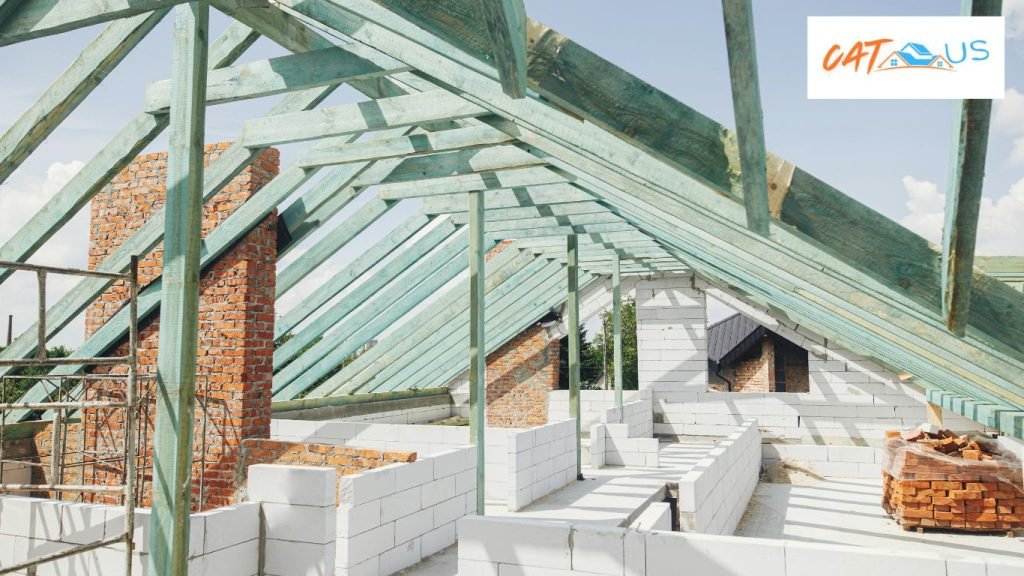
Personal Protective Equipment (PPE):
- Wear an OSHA-approved respirator or dust mask to avoid inhaling particles.
- Use safety goggles to protect eyes from debris and irritation.
- Gloves are essential to protect hands from cuts and fiberglass irritation.
- Wear long-sleeved clothing and pants to minimize skin exposure.
- Use a hard hat to prevent injuries from exposed nails or low structures.
Work Environment Safety:
- Inspect the attic for hazards like weak flooring, pests, or electrical wires, and address issues beforehand.
- Ensure proper ventilation to avoid harmful particle buildup and moisture-related mold.
- Turn off power near electrical areas to prevent accidents.
Handling Insulation Materials:
- Use safe lifting techniques to protect your back.
- Cut insulation with a sharp knife on a stable surface, away from your body.
- Avoid direct contact with insulation; wash affected areas with cold water and soap.
Fire Safety Considerations:
- Choose fire-resistant insulation like fiberglass or mineral wool over cellulose.
- Avoid combustible materials and understand fire resistance properties of insulation types.
By following these steps, you can ensure a safer, healthier attic insulation process.
Final Words:
Not all roof insulation projects are easy, but CATUS is here to help. With over 5+ years of experience and unmatched expertise in the field, our team delivers safe and reliable solutions for insulating rafters in your home.
We ensure complete transparency by offering a free estimate and inspection, making it easier for you to understand the task at hand.
Let us take the hassle out of insulation. Our professionals are ready to assist you in creating an energy-efficient home. Contact CATUS Roofing & Insulations today and leave your roof insulation needs in the hands of experts.

